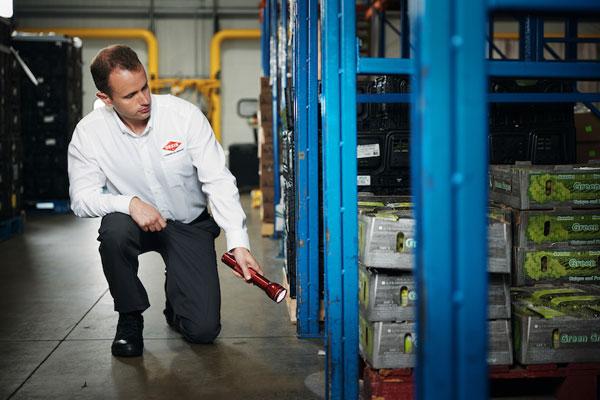The 5 Weak Links in Your Supply Chain
A supply chain is only as strong as its weakest link – it takes only one infested delivery truck to cause a delay in the production of your goods. And just one crack in a wall can invite pests into your food manufacturing facility … and every other facility your goods travel through once they go out your door.
That’s why we’ve identified five points in the supply chain to help you understand where you are at the biggest risk for pests (for further information on all five of these points and how to monitor them, check out the Working the Bugs Out: Your Guide to Supply Chain Pest Management).
-
Your suppliers – Raw goods are susceptible to pests, because they are the closest to where the goods were grown or produced. Take into consideration every raw material entering your facility and understand the pest risks for those products.
-
Transportation to and from your facility – The cleanliness of every building in the supply chain does not matter if the trucks transporting those goods are also transporting pests.
-
Packaging – Product packaging itself can be a home for bugs, and the packaging can be one of the first places you spot a problem.
The best practice is to proactively prevent pests rather than simply remediate issues as they arise, and you can use our checklist to do just that. Preventive measures and constant vigilance are the most powerful tools to protect your facility — and your bottom line — from pests before they ever become a problem.
For information on supply chain preparedness tips to protect your facility, download Working the Bugs Out: Your Guide to Supply Chain Pest Management.
